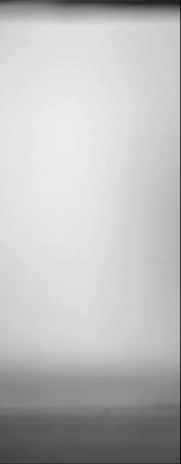![]() German
German
| Targeted wetting with inkjet printing |
|

An inkjet printer head provides an accurate control of drop volume (~22pL)
|
Wetting and spreading are interesting phenomena closely related to our daily lives (e.g., rain drops on the window, or dew-drops on a lotus leaf). Despite of its ubiquity, there are fundamental questions (e.g. onset of sliding drops) still lack of a thorough understanding. Taking the advantage of drop-on-demand (DoD) technology originally developed for inkjet printing, we can tune the volume of a sessil drop on a plane or a liquid bridge between two spherical particles in an accurate, reproducible and non-destructive manner, so as to investigate the dynamics of wetting, and particularly the wetting of granular materials. The motivation is: From the granulation process in chemical engineering, to the jet-binding technology in additive manufacturing (3D printing), one of the biggest challenges associated with the process is the lack of knowledge on liquid mediated particle-particle interactions, which crucially determine the quality of the final product (e.g. rigidity). The goal is to take the advantage of DoD technology to understand wetting phenomena.
|
References
|
|
Universität Bayreuth -


